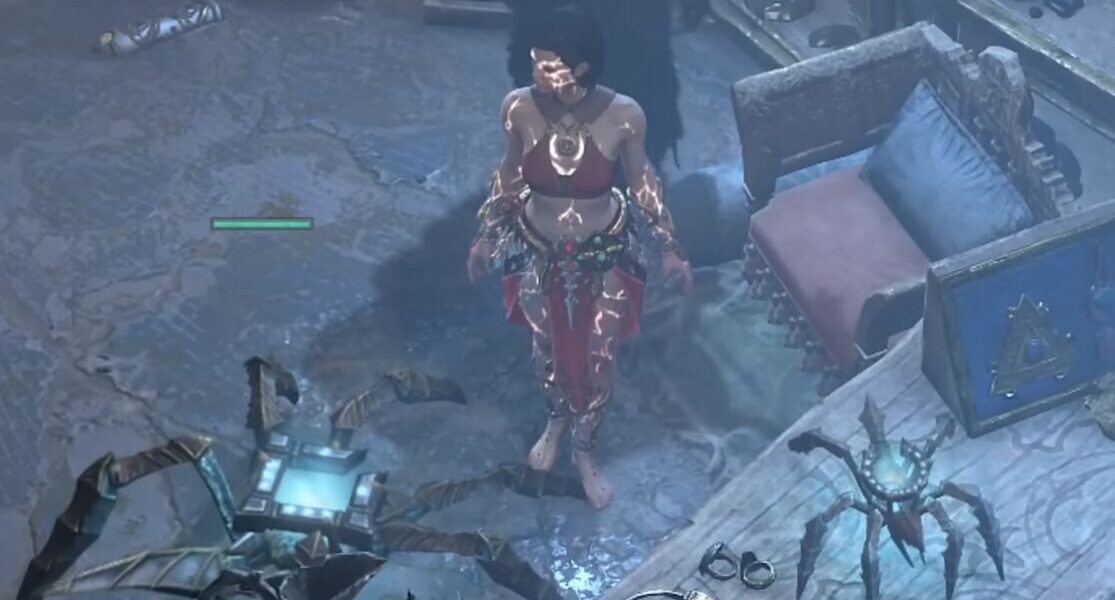The latest season of Diablo 4 has sparked a wave of discontent among players, leading to questions about the quality of the game’s development, particularly considering the substantial resources behind it. One notable point of contention revolves around the introduction of new enemy types, which some argue are a strategic reuse of existing skeletons, a practice criticized as reminiscent of early 2010s complaints about “lazy Blizzard” in World of Warcraft.
Defending this choice, others argue that repurposing existing fully rigged skeletons is a sound game design strategy. Creating and rigging skeletons is a time-consuming process, requiring a set of expensive new animations. Reusing pre-existing skeletons enables developers to introduce new enemy types with similar overall forms to existing ones, while potentially incorporating new attacks. This approach serves as a pragmatic and effective means of maximizing content production within reasonable timeframes.
However, criticisms extend beyond enemy types to the homogeneity of dungeons. The perception of repetitiveness and monotony in dungeon design is attributed to what some describe as poor decision-making within Diablo 4’s development. While acknowledging the subjective nature of player experiences and the inherent repetitiveness in the action RPG genre, dissatisfaction with the current season is considered a contributing factor to these sentiments.
Insights into the development process shed light on potential causes for discontent. The absence of the “A-team” during the campaign’s creation, with Rod assuming a leadership role, aimed at achieving specific review and sales targets. The focus on polishing the campaign to meet launch deadlines and attain sales goals resulted in a successful campaign but detracted from other aspects of the game, leading to a lackluster Season 1.
Moreover, the restructuring of the original core game development team into multiple units, including teams working on seasons, the first expansion, and pre-production for the second expansion, raises concerns. Traditional development practices suggest that maintaining a cohesive team is crucial for ongoing success, and the fragmentation of the original team might have contributed to inconsistencies in content quality.
Addressing the misconception that Microsoft’s acquisition of Activision-Blizzard equates to a massive budget for the Diablo team, it’s crucial to understand that budgets and resource allocations are intrinsic to corporate structures. Even with a significant acquisition, the Diablo team operates within specific budgetary constraints, and corporate frugality often prevails.
Acknowledging the current season’s shortcomings, some argue that feelings of cheapness are subjective and rooted in dissatisfaction with the season itself. While criticisms of content drops and bad seasons are valid, dismissing the entire game as cheap overlooks the ongoing commitment to high production values. Notably, the production quality remains commendable, and opinions on perceived cheapness may be influenced by individual preferences for or against the current season.
In conclusion, the discontent surrounding Diablo 4 Season 3 prompts a nuanced examination of development decisions, resource allocation, and player expectations. While some aspects of the game are met with criticism, attributing these concerns solely to a perceived cheapness overlooks the broader context of game development challenges, corporate structures, and ongoing efforts to deliver a satisfying player experience.
Does Diablo 4 Gold help a lot in Diablo 4? Sure. MMOexp.com provide safe and instock Diablo IV gold all day, Make an order now, we are waiting for you.

